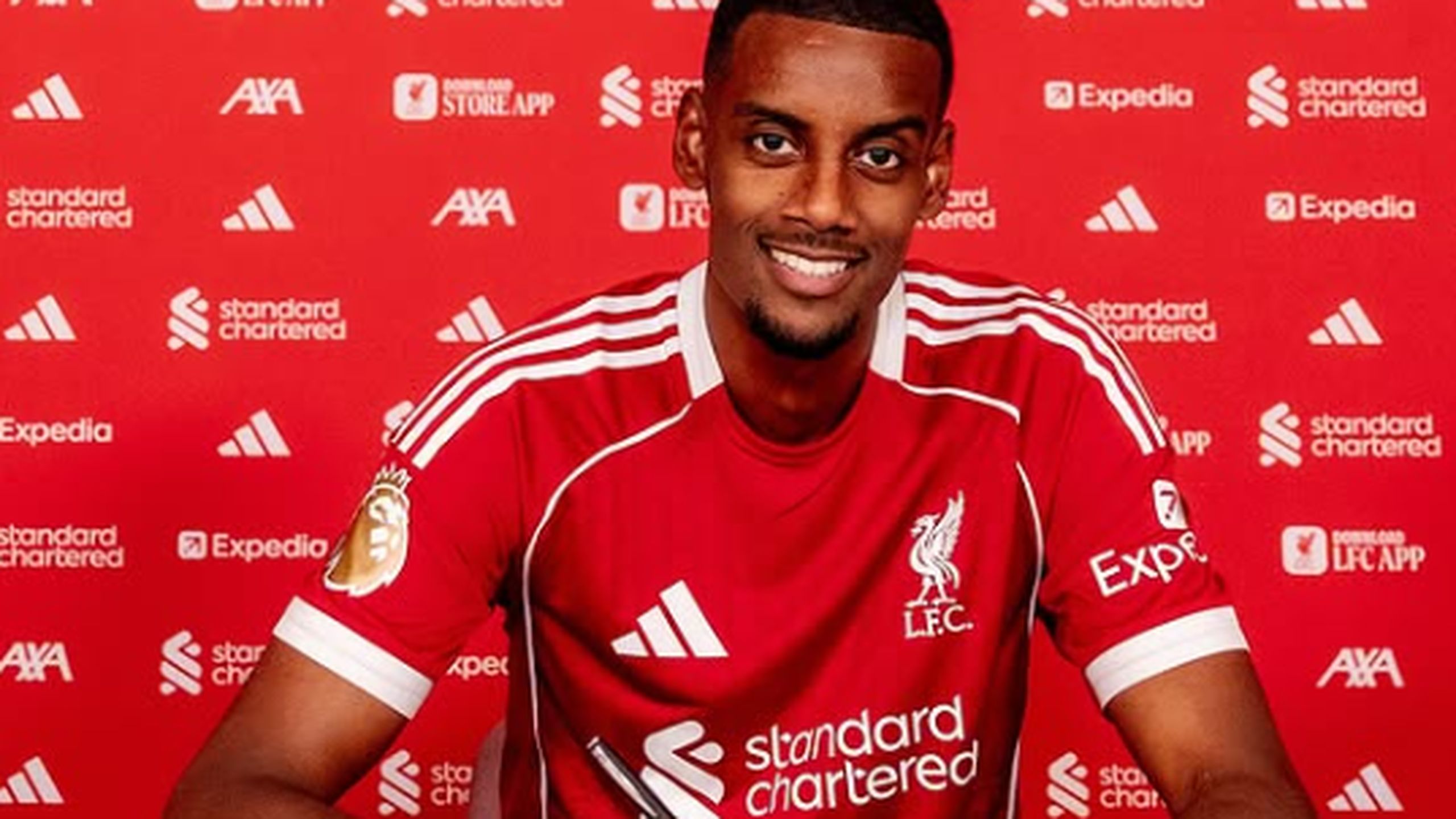The football world rarely stands still, and the summer transfer window is perhaps its most dynamic period. A recent FIFA report has pulled back the curtain on the financial machinations, revealing a staggering increase in player movements and billions of euros changing hands. From clubs with seemingly bottomless pits of cash to those masterfully turning player sales into profit, the market`s pulse is a fascinating, complex rhythm. Let`s dissect the numbers and understand the nuanced strategies at play.
A Market in Constant Motion: The Global Snapshot
The latest figures paint a vivid picture of a bustling football economy. The summer window saw an unprecedented 12,000 international transfers, a jump of over 10% compared to the previous year. This surge isn`t just about volume; it`s about the sheer financial muscle behind the deals, indicating a robust, albeit sometimes perplexing, global market.
The Premier League Juggernaut: An Unmatched Spending Spree
Unsurprisingly, the English Premier League once again asserted its financial dominance. With an astronomical €2.73 billion invested in new talent, it dwarfed every other league. This aggressive acquisition strategy resulted in a staggering net deficit of -€1.45 billion. One might wonder if this is a strategic investment in global entertainment or simply a testament to the league`s unparalleled wealth, where splashing cash is as much a sport as the game itself. Other leagues, observe this spending with a mix of awe and a healthy dose of envy.
- England: -€1.45 billion (Net Deficit)
- Italy: -€53 million (Moderate Deficit)
- Spain: +€81 million (Net Surplus)
- Germany: +€230 million (Net Surplus)
- France: +€445 million (Largest Net Surplus)
Italy`s Calculated Moves: Balancing Ambition and Economics
While not matching the Premier League`s colossal outlays, Italy`s Serie A demonstrated a significant presence in the market. The league spent €814 million on incoming players, placing it third globally for expenditure. However, its strategic sales brought in €761 million, resulting in a relatively modest net deficit of -€53 million. This indicates a more balanced approach, where clubs aim to compete while also managing their books. Perhaps it`s a testament to a league learning to play chess in a market often dominated by checkers.
The Art of the Profitable Handshake: France, Germany, and Spain
In stark contrast to England`s spending, several major European leagues proved adept at generating substantial profits from the transfer window. France led the pack with a remarkable +€445 million surplus, largely fueled by a staggering €1.08 billion in player sales. Germany followed with a healthy +€230 million, and Spain also secured a surplus of +€81 million. These figures highlight a different philosophy: nurturing talent, developing players, and selling them on for a significant return. While some splurge, others truly master the art of the profitable handshake.
The Price Tags: Who Was Worth Every Penny?
Individual transfers often grab headlines, and this window was no exception. The report highlighted several significant moves, though it`s important to clarify one notable detail.
Other notable transfers shaping the landscape included:
- Jashari at €34 million
- Conceiçao to Juventus for €32 million
- Beukema and Lang joining Serie A champions Napoli for €31 million and €25 million respectively.
- Roberto Piccoli’s move to Fiorentina for €25 million.
The Rise of Mateo Retegui: A Record-Breaking Italian
Perhaps one of the most intriguing moves involved Mateo Retegui, whose transfer to Saudi Arabian club Al Qadsiah for an astonishing €68.5 million made him the most expensive Italian national player in history. This record previously belonged to Sandro Tonali. This transfer not only showcases the burgeoning financial power outside traditional European giants but also highlights the global reach of Italian talent. Even Giovanni Leoni saw Liverpool invest €35 million (including bonuses) in his potential, further proving the international demand for players with Italian roots.
The Global Talent Hunt: Inbound and Outbound Flows
The transfer market isn`t just about money; it`s about the intricate network of talent acquisition and export. Italy`s scouting departments were particularly active in certain regions:
- France: A leading source, supplying 44 players for €162 million.
- Spain: 28 players arrived, costing €61 million.
- England: 24 players joined Italian clubs for €150 million.
- Germany: 21 players made the switch, valued at €56 million.
Conversely, Italian-based players found new homes across Europe and beyond:
- Spain: Acquired 37 players from Italy.
- France & Germany: Each took 30 players.
- Turkey: Signed 24 players.
- Romania: Integrated 18 players.
Significantly, the largest single source of funds flowing into Italy for player sales came from England, totaling €340 million. This clearly illustrates a vital financial pipeline between the Premier League`s spending power and Serie A`s talent pool.
The summer transfer window was more than just a series of transactions; it was a complex dance of financial power, strategic ambition, and human aspiration. The FIFA report offers a crucial lens through which to view the health and direction of global football. As clubs continue to navigate increasing costs and intense competition, the market remains a fascinating microcosm of the sport`s ever-evolving economic landscape. The only certainty, it seems, is perpetual motion – both on and off the pitch.

